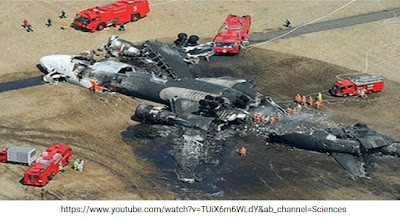Missing Rare Events in Autonomous Vehicle Simulation
Missing Rare Events in Simulation:
A highly accurate simulation and system model doesn't solve the problem of what scenarios to simulate. If you don't know what edge cases to simulate, your system won't be safe.
A highly accurate simulation and system model doesn't solve the problem of what scenarios to simulate. If you don't know what edge cases to simulate, your system won't be safe.
It is common, and generally desirable, to use vehicle-level simulation rather than on-road operation is used as a proxy field testing strategy. Simulation offers a number of potential advantages over field testing of a real vehicle including lower marginal cost per mile, better scalability, and reduced risk to the public from testing. Ultimately, simulation is based upon data that generates scenarios used to exercise the system under test, commonly called the simulation workload. The validity of the simulation workload is just as relevant as the validity of the simulation models and software.
Simulation-based validation is often accomplished with a weighting of scenarios that is intentionally different than the expected operational profile. Such an approach has the virtue of being able to exercise corner cases and known rare events with less total exposure than would be required by waiting for such situations to happen by chance in real-world testing (Ding 2017). To the extent that corner cases and known rare events are intentionally induced in physical vehicle field testing or closed course testing, those amount to simulation in that the occurrence of those events is being simulated for the benefit of the test vehicle.
A more sophisticated simulation approach should use a simulation “stack” with layered levels of abstraction. High level, faster simulation can explore system-level issues while more detailed but slower simulations, bench tests, and other higher fidelity validation approaches are used for subsystems and components (Koopman & Wagner 2018).
Regardless of the mix of simulation approaches, simulation fidelity and realism of the scenarios is generally recognized as a potential threat to validity. The simulation must be validated to ensure that it produces sufficiently accurate results for aspects that matter to the safety case. This might include requiring conformance of the simulation code and model data to a safety-critical software standard.
Even with a conceptually perfect simulation, the question remains as to what events to simulate. Even if simulation were to cover enough miles to statistically assure safety, the question would remain as to whether there are gaps in the types of situations simulated. This corresponds to the representativeness issue with field testing and proven in use arguments. However, representativeness is a more pressing matter if simulation scenarios are being designed as part of a test plan rather than being based solely on statistically significant amounts of collected field data.
Another way to look at this problem is that simulation can remove the need to do field testing for rare events, but does not remove determine what rare events matter. All things being equal, simulation does not reduce the number of road miles needed for data collection to observe rare events. Rather, it permits a substantial fraction of data collection to be done with a non-autonomous vehicle. Thus, even if simulating billions of miles is feasible, there needs to be a way to ensure that the test plan and simulation workload exercise all the aspects of a vehicle that would have been exercised in field testing of the same magnitude.
As with the fly-fix-fly anti-pattern, fixing defects identified in simulation requires additional simulation input data to validate the design. Simply re-running the same simulation and fixing bugs until the simulation passes invokes the “pesticide paradox.” (Beizer 1990) This paradox holds that a system which has been debugged to the point that it passes a set of tests can’t be considered completely bug free. Rather, it is simply free of the bugs that the test suite knows how to find, leaving the system exposed to bugs that might involve only very subtle differences from the test suite.
(This is an excerpt of our SSS 2019 paper: Koopman, P., Kane, A. & Black, J., "Credible Autonomy Safety Argumentation," Safety-Critical Systems Symposium, Bristol UK, Feb. 2019. Read the full text here)
- Beizer, B. (1990) Software Testing Techniques, 2nd Ed., 1990.
- Koopman, P. & Wagner, M., (2018) "Toward a Framework for Highly Automated Vehicle Safety Validation," SAE World Congress, 2018. SAE-2018-01-1071.









